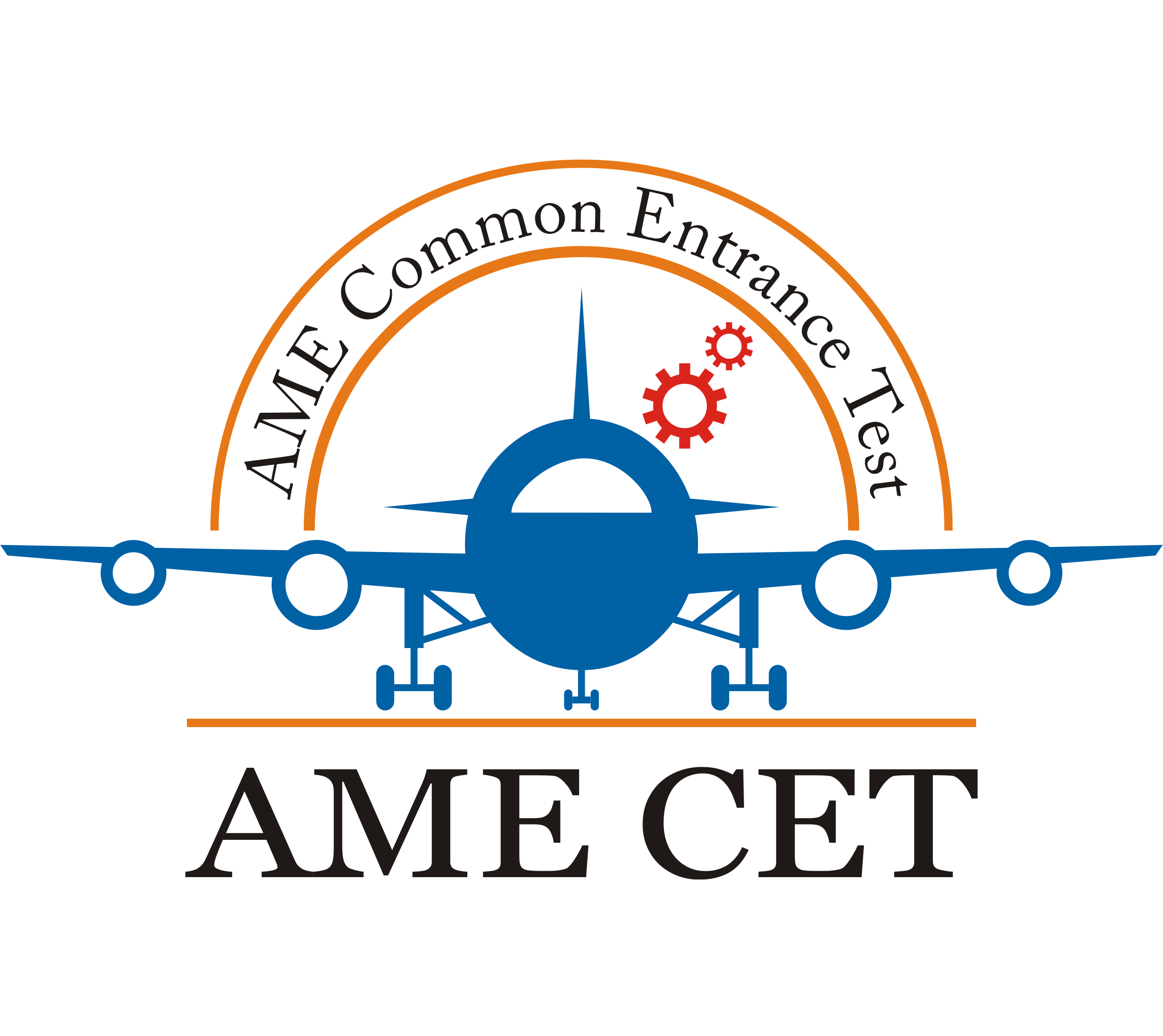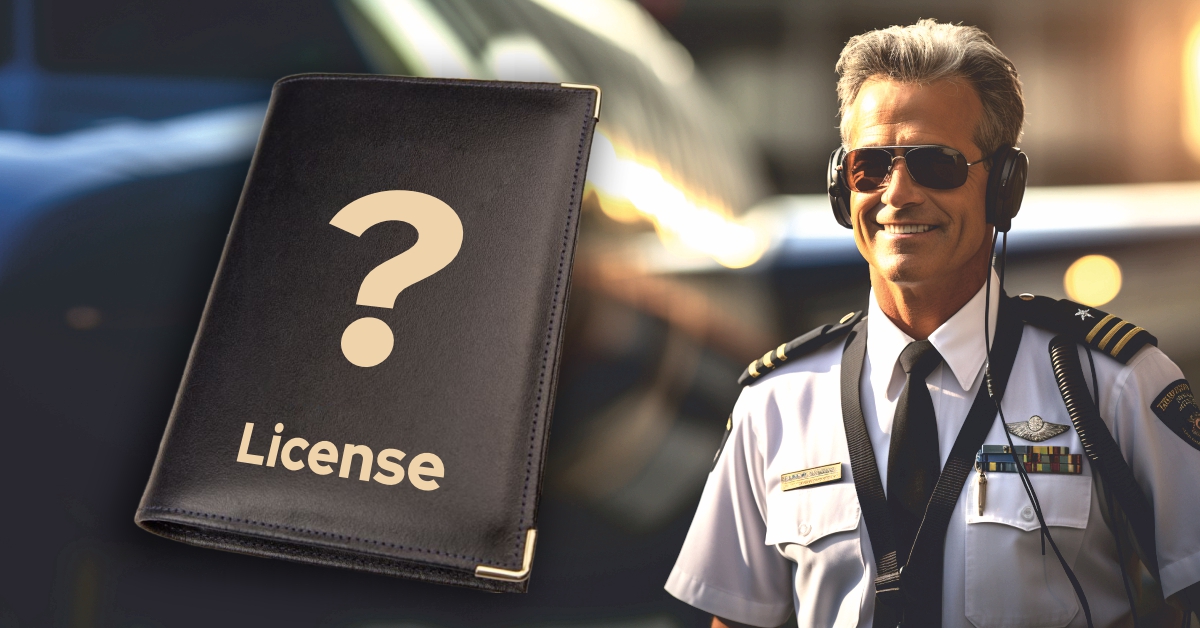What Licenses Do You Need to Become a Pilot?
Posted on : 10 November, 2025 12:17 pm
Becoming a pilot requires a systematic move through several different licenses and ratings, each of which confers particular privileges. Whether you want to fly for fun or as a commercial airliner, you need to understand these licenses.
Student Pilot License (SPL)
What is SPL?
The Student Pilot License (SPL) is the initial step in becoming a pilot. It enables you to begin flight training under the guidance of a certified flight instructor but prohibits you from flying solo until certain criteria are fulfilled.
Requirements
Age: 16–18 years (depending on the country)
Educational qualification: Typically, 10th grade or equivalent
Medical fitness: Class 2 medical certificate
Pass a written exam on basic aviation knowledge (region dependent)
Privileges
Begin flight training at an approved flying school
Fly under instructor supervision
No passengers permitted
2. Private Pilot License (PPL)
What is PPL?
The Private Pilot License (PPL) permits you to fly light aircraft for non-commercial flights. You can have passengers on board, but not for a fee.
Requirements
Minimum age: 17 years
Have a valid SPL
Accumulate minimum 40–50 hours of flight time (country-dependent)
Pass written, oral, and flight exams
Medical: Class 2 or Class 1 medical certificate (country-dependent)
Privileges
Fly solo or with passengers for pleasure
Fly under Visual Flight Rules (VFR)
Cannot be paid for flying
Best For
Recreational pilots
Future commercial pilots (PPL is a stepping stone to CPL)
3. Commercial Pilot License (CPL)
What is CPL?
Commercial Pilot License (CPL) enables you to be a professional pilot, fly for hire, and get paid for your work. It is the most important license for anyone who wants to establish a career in aviation.
???? Requirements
Minimum age: 18 years
Hold valid PPL
Log a minimum of 150–200 flight hours (as specified by the aviation authority)
Pass written tests in subjects such as:
Air navigation
Meteorology
Aviation regulations
Flight planning
Pass simulator and flight tests
Medical: Class 1 medical certificate (mandatory)
???? Privileges
Fly aircraft for commercial operations
Can be PIC (pilot-in-command) of charter, cargo, and scheduled flights
Can be employed by airlines (following additional training)
???? 4. Airline Transport Pilot License (ATPL)
???? What is ATPL?
The ATPL is the highest qualification in aircraft pilot certification. It is needed to serve as Captain (Pilot-in-Command) on multi-crew aircraft for large airlines.
???? Requirements
Age: minimum 21 years
Have a valid CPL
Accumulate 1,500+ hours of flight time (most nations)
Pass advanced theory examinations (traditionally thought to be difficult)
Medical: Class 1 medical certificate
Multiengine rating and Instrument Rating (IR) typically mandatory
???? Privileges
Fly as Captain (Commander) on big commercial airliners
Suitable for senior airline jobs
Operate under Instrument Flight Rules (IFR)
???? Ideal For
Aviators seeking long-term airline careers
Senior jobs such as Captain or Check Pilot
????️ 5. Instrument Rating (IR)
???? What is IR?
The Instrument Rating permits pilots to fly in poor visibility or poor weather using aircraft instruments only. It’s normally appended to a PPL or CPL and is needed for airline jobs.
???? Requirements
Have a valid PPL or CPL
Accumulate instrument flight time (typically 40+)
Pass a written examination and practical checkride
Medical: Class 1 or 2 based on base license
???? Privileges
Fly under Instrument Flight Rules (IFR)
Required for night or instrument flying
Needed by all major airlines
????️ 6. Type Rating
???? What is a Type Rating?
A Type Rating is a unique certification needed to pilot a particular aircraft type (e.g., Boeing 737, Airbus A320). Once you obtain your CPL or ATPL, you need to go through simulator and ground training for the aircraft you will fly.
???? Requirements
Possess CPL or ATPL
Undergo simulator training and flight testing on the particular aircraft
Provided by airline or approved training organization (ATO)
???? Privileges
Legally fly the particular aircraft model
Required for airline employment
???? 7. Licensing Authorities (Region-Specific)
Aviation authorities issue and govern pilot licenses. Some of the prominent ones are:
Country\tAuthority\tLicense Abbreviation
USA\tFAA (Federal Aviation Administration)\tPPL, CPL, ATPL
India\tDGCA (Directorate General of Civil Aviation)\tSPL, PPL, CPL, ATPL
UK\tCAA (Civil Aviation Authority)\tEASA PPL, CPL, ATPL
Europe\tEASA (European Union Aviation Safety Agency)\tEASA licenses
Canada\tTransport Canada\tPPL, CPL, ATPL
✅ Licenses aren’t always interchangeable. If you relocate to another country, you might need to convert your license based on local rules.
???? Summary: License Progression Path
Here’s a simplified step-by-step flow of how you transition from zero to airline pilot:
Student Pilot License (SPL)
↓
Private Pilot License (PPL)
↓
Commercial Pilot License (CPL)
↓
Instrument Rating (IR)
↓
Type Rating
↓
Airline Transport Pilot License (ATPL)
❓ Frequently Asked Questions (FAQs)
???? Can I become a pilot without a college degree?
Yes, not every airline requires a degree, but it will be helpful for promotion.
???? How long does it take to become a CPL?
Generally 1.5 to 2 years, subject to training speed, weather, and school capacity.
???? Do I need ATPL to join an airline?
Not immediately. Most airlines accept pilots with CPL + IR + Type Rating. You can then get upgraded to ATPL later.
???? Conclusion
To become a pilot, you will have to go through a sequential sequence of licenses—SPL to PPL, then CPL, and finally ATPL. With each license, your flying rights grow, and you move closer to an aviation professional career. Ratings such as IR and Type Rating are equally vital for certain jobs, particularly in commercial airlines.
Whether you want to land in the cockpit of a Boeing 777 or simply fly for recreation, these licenses are your path to the skies.

